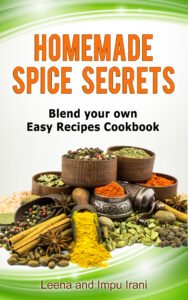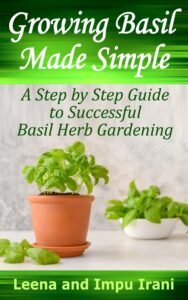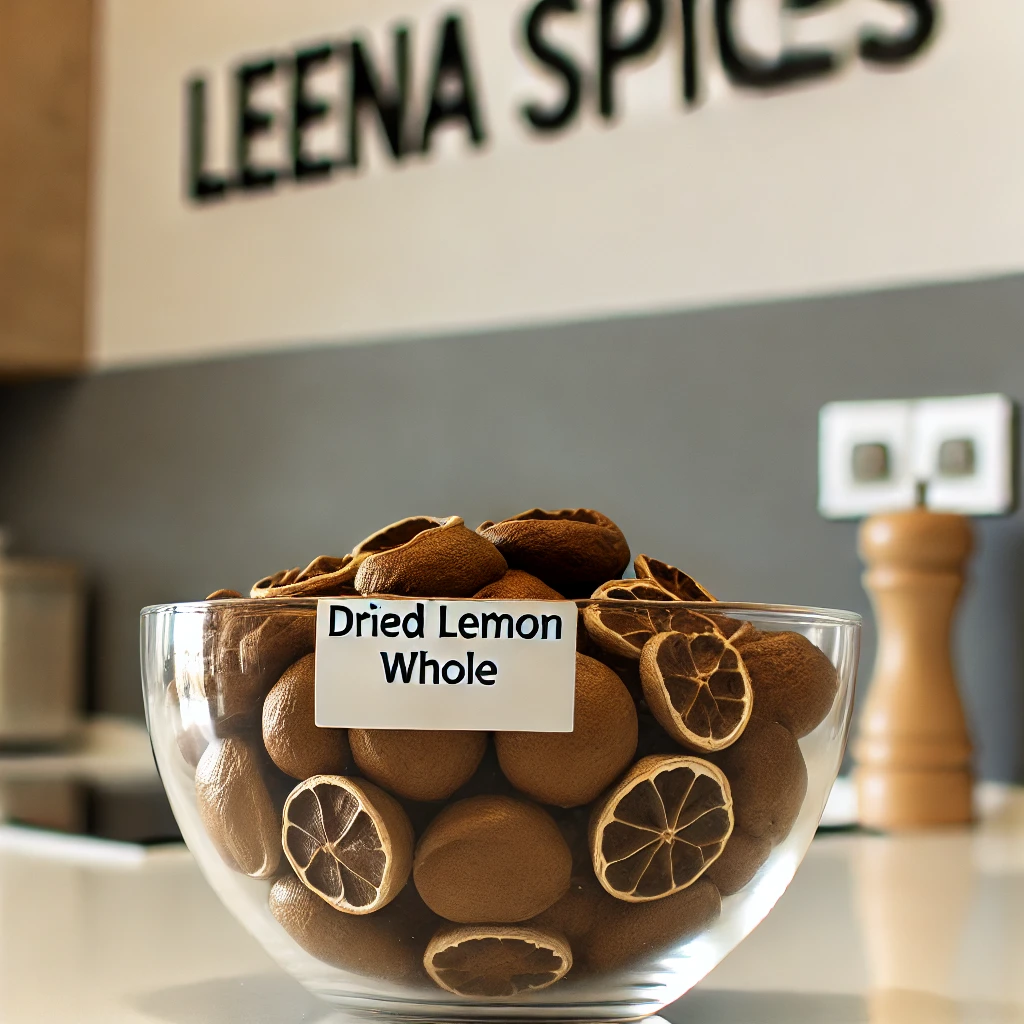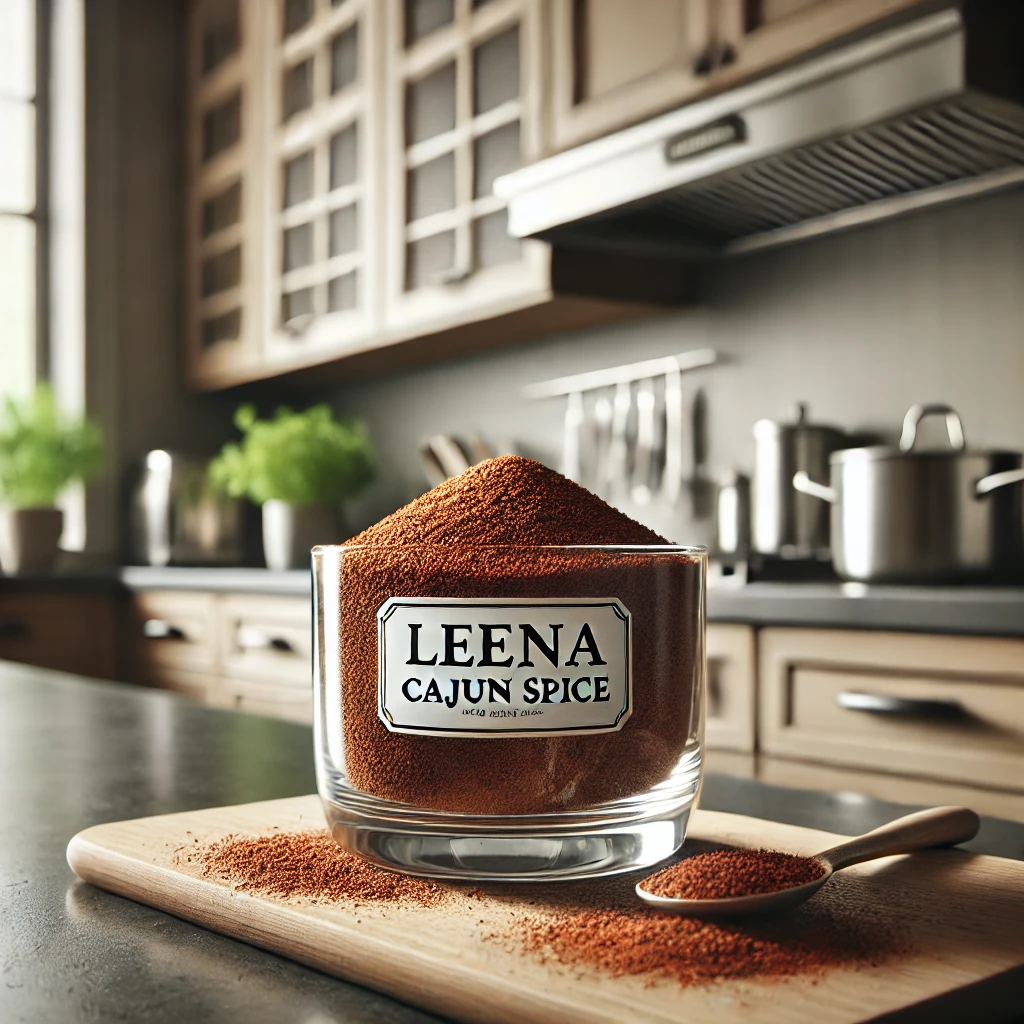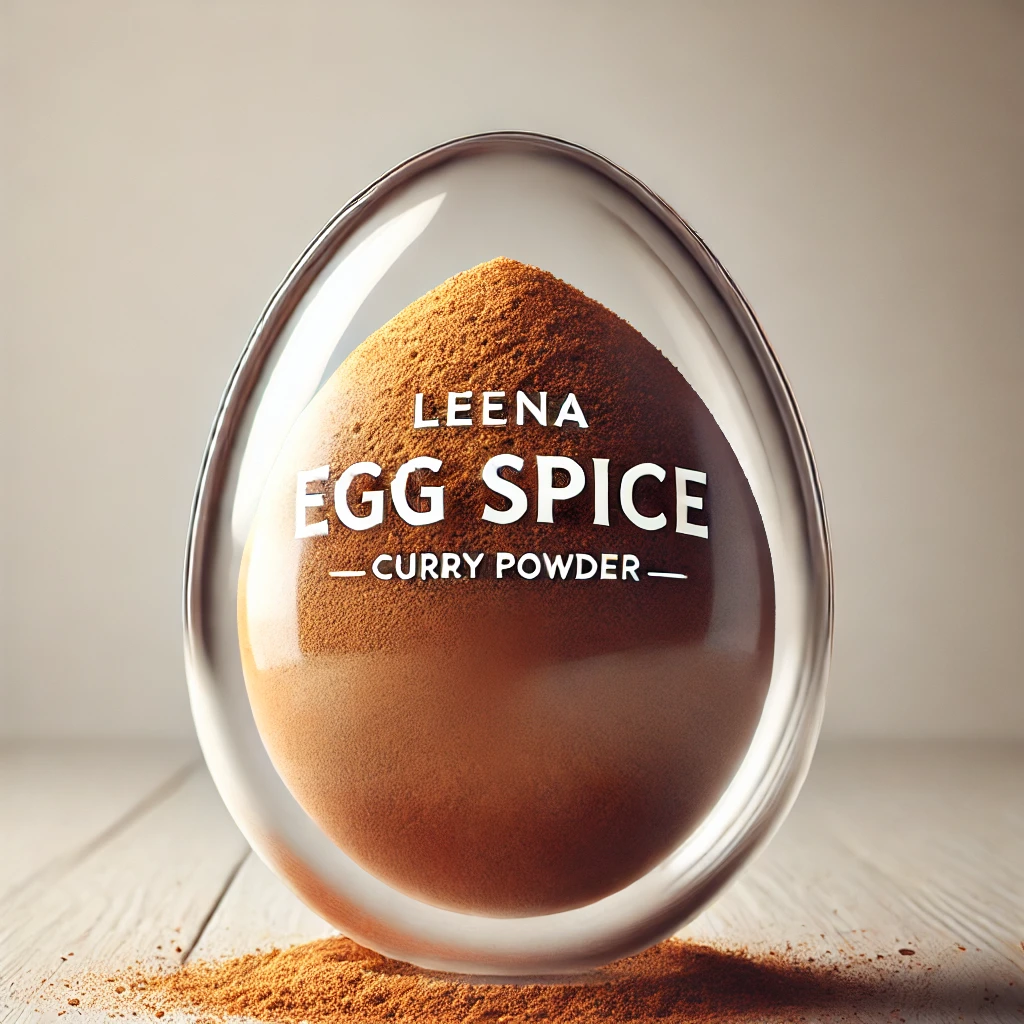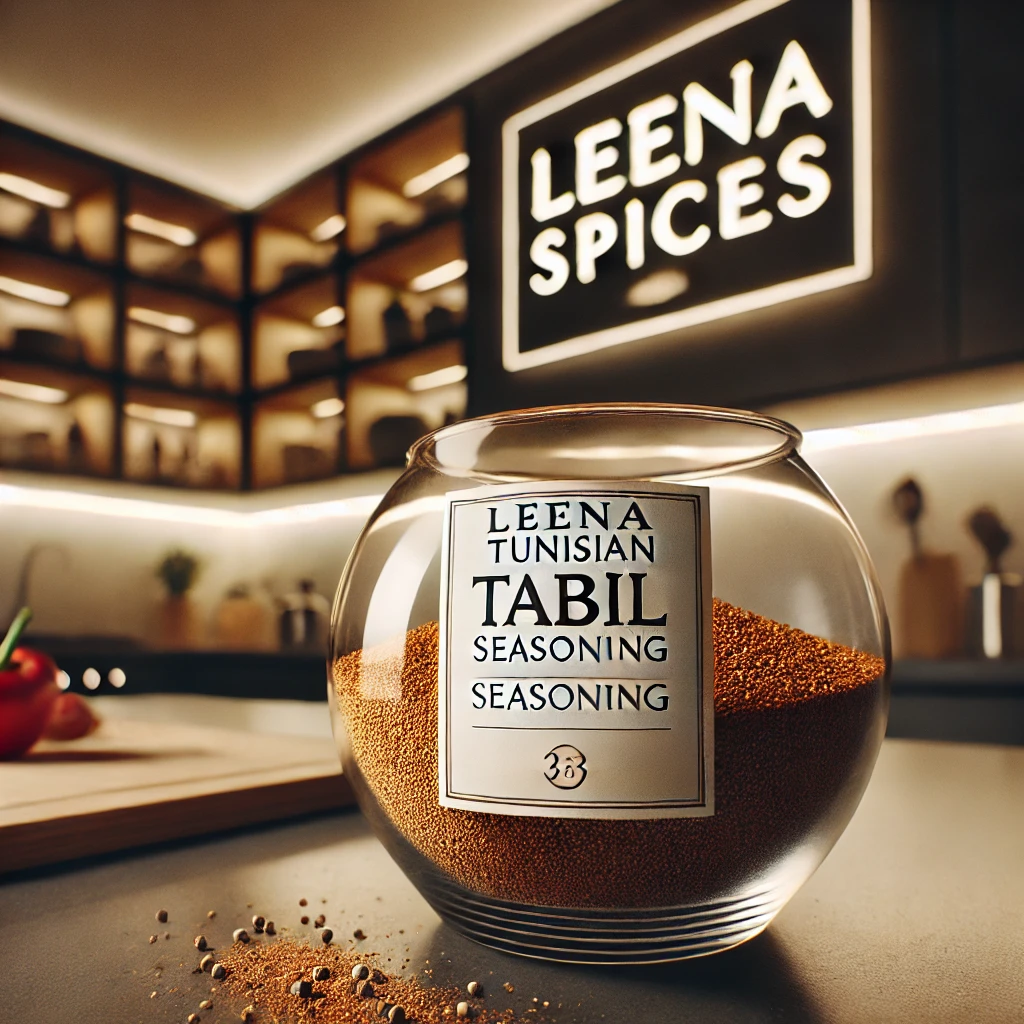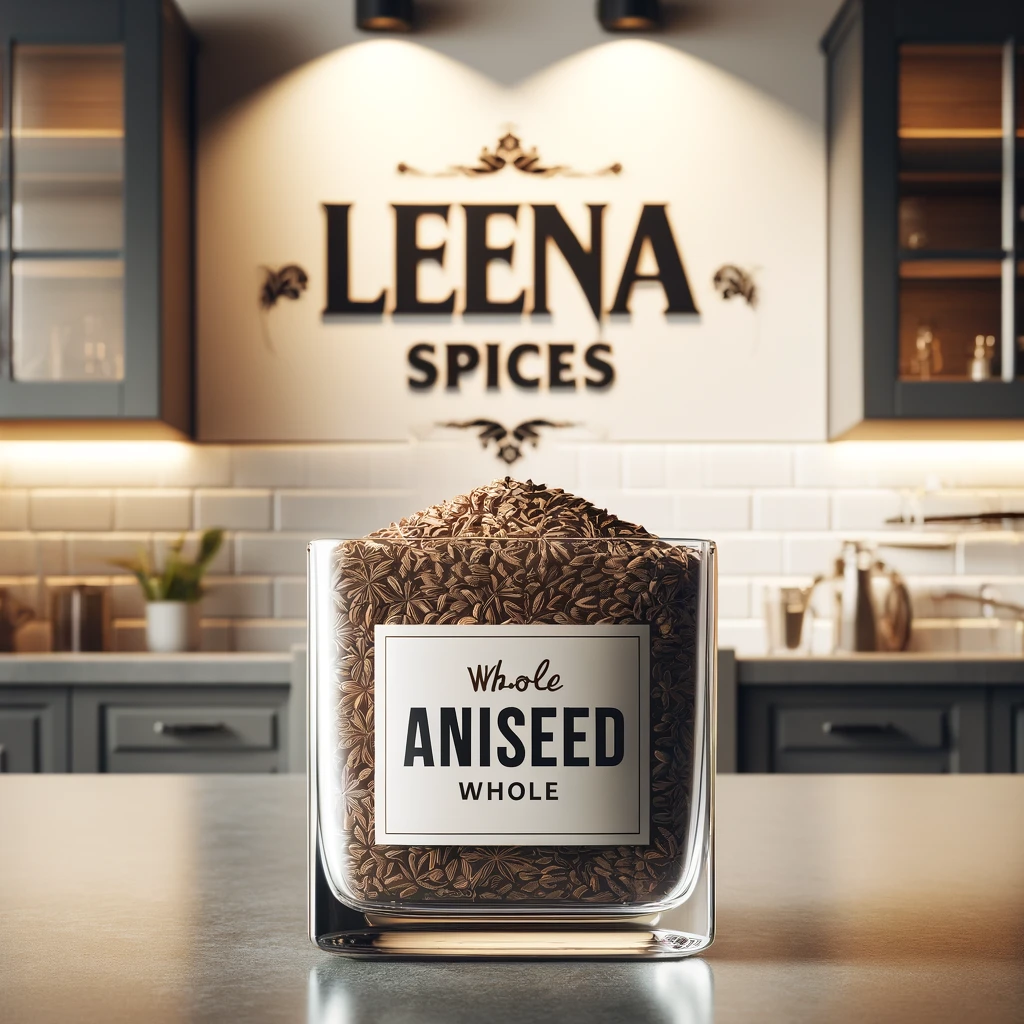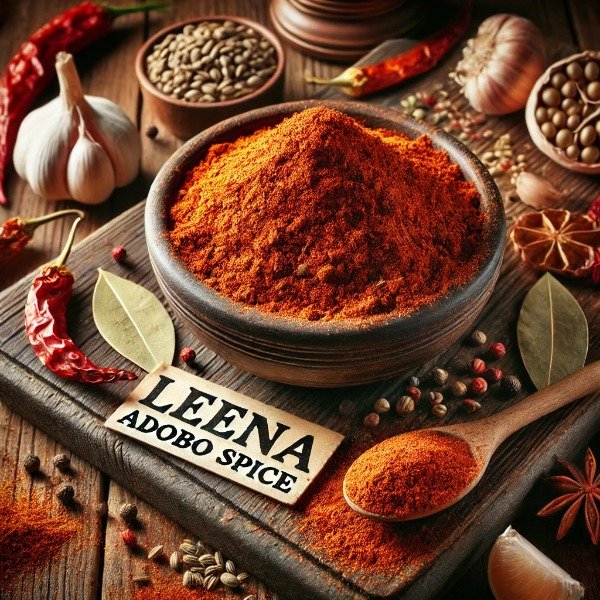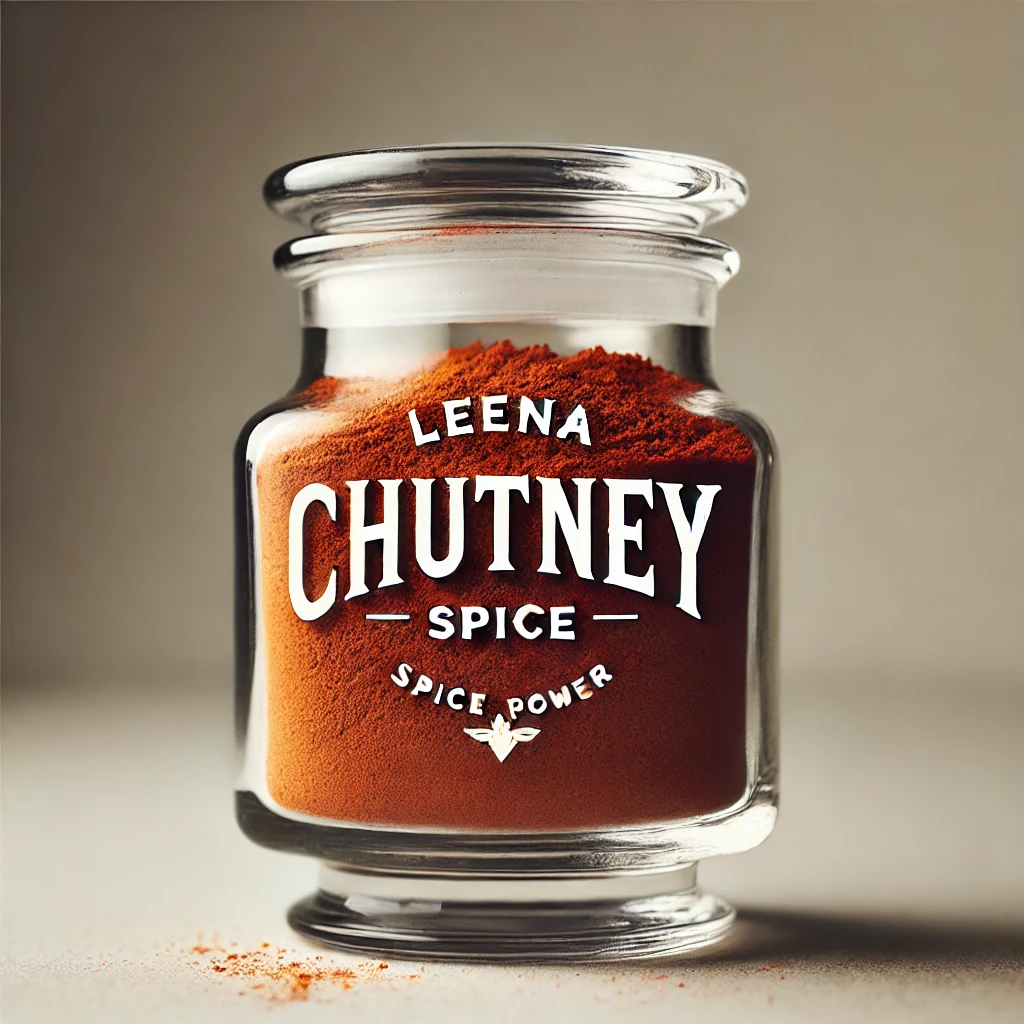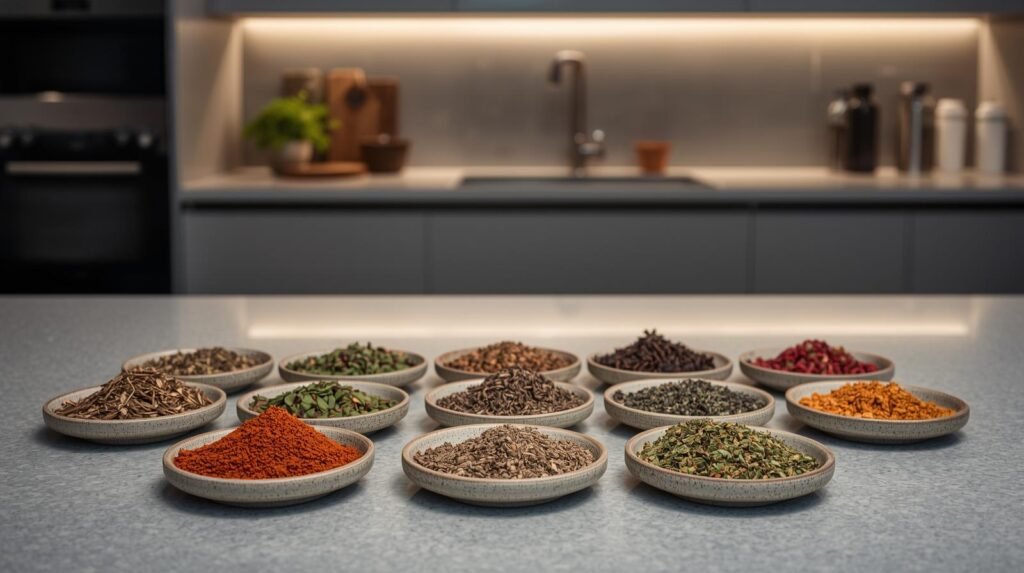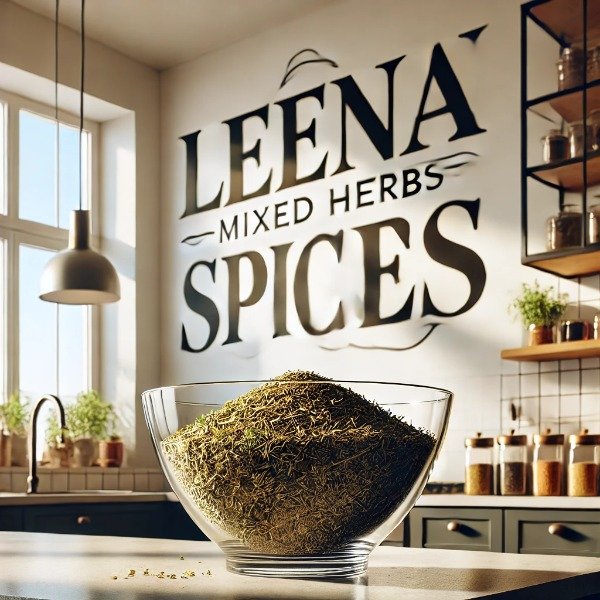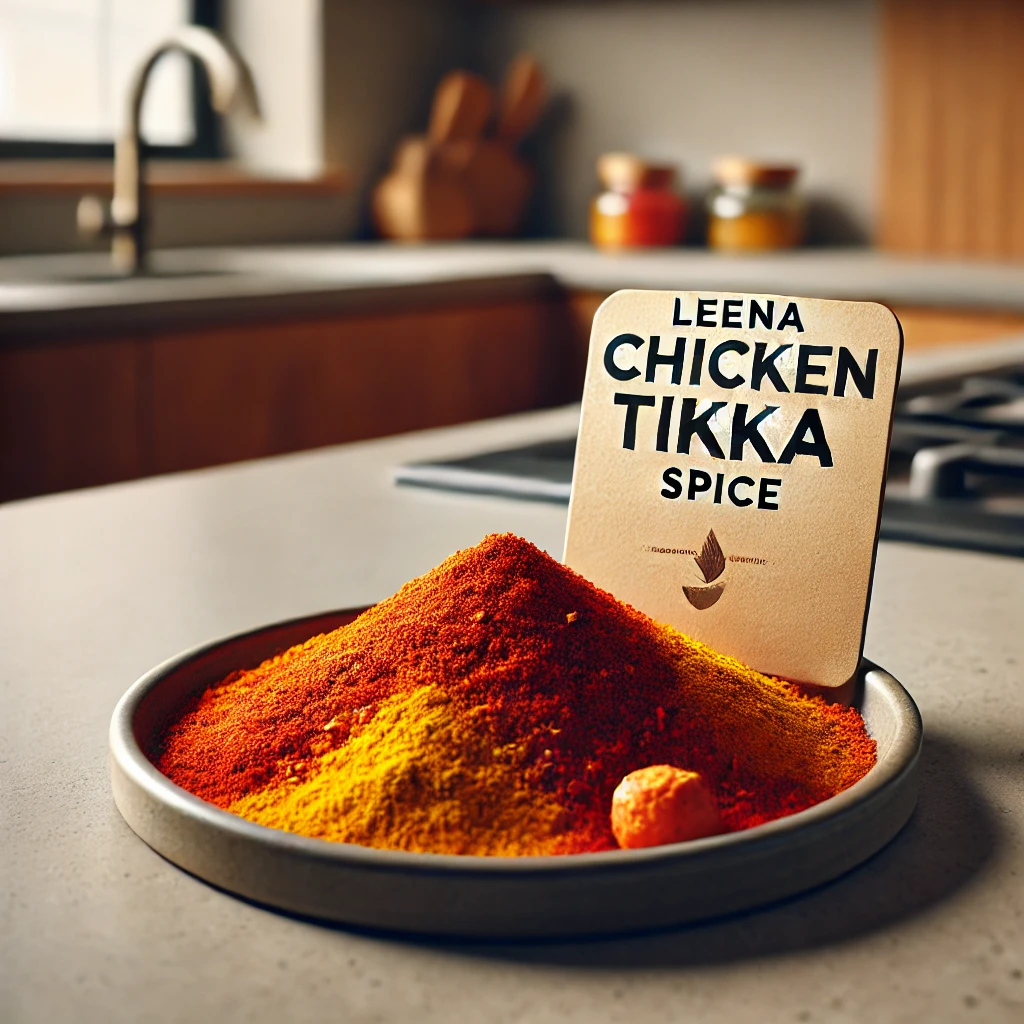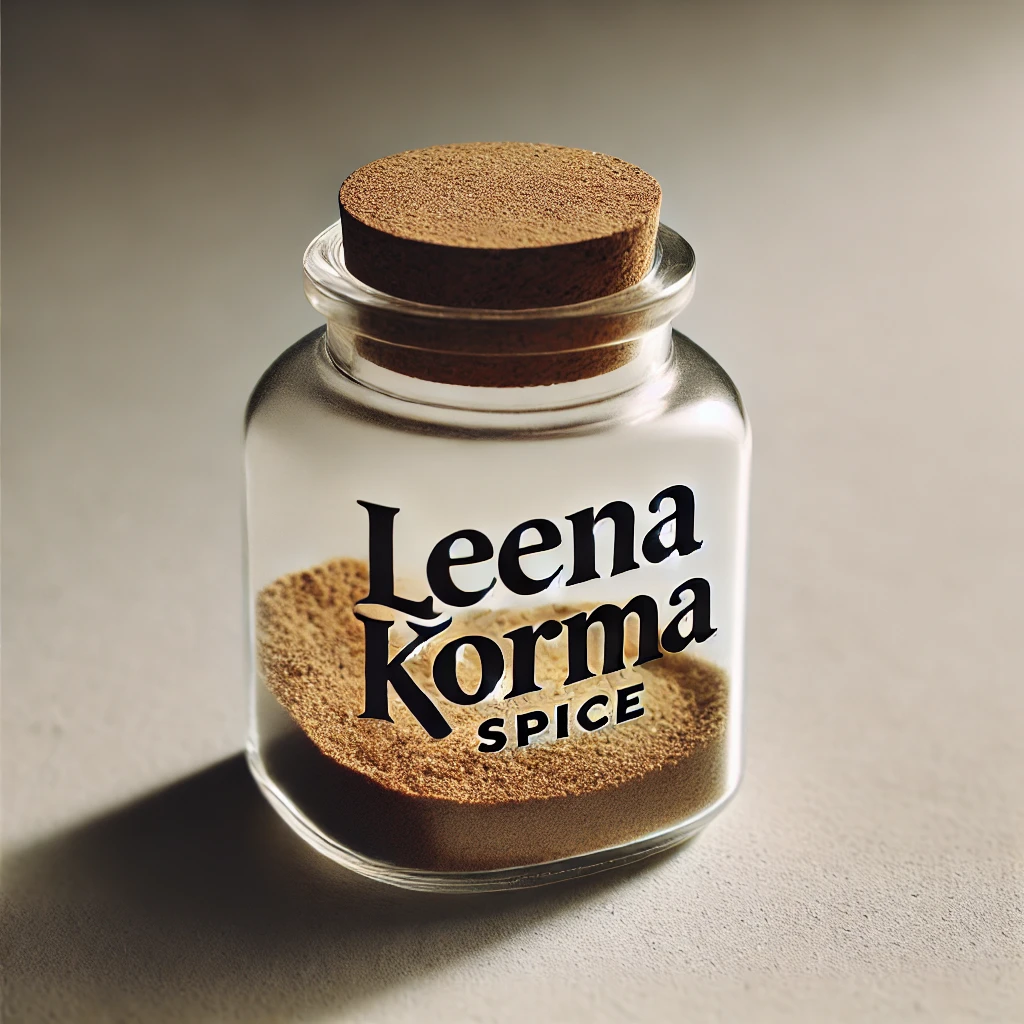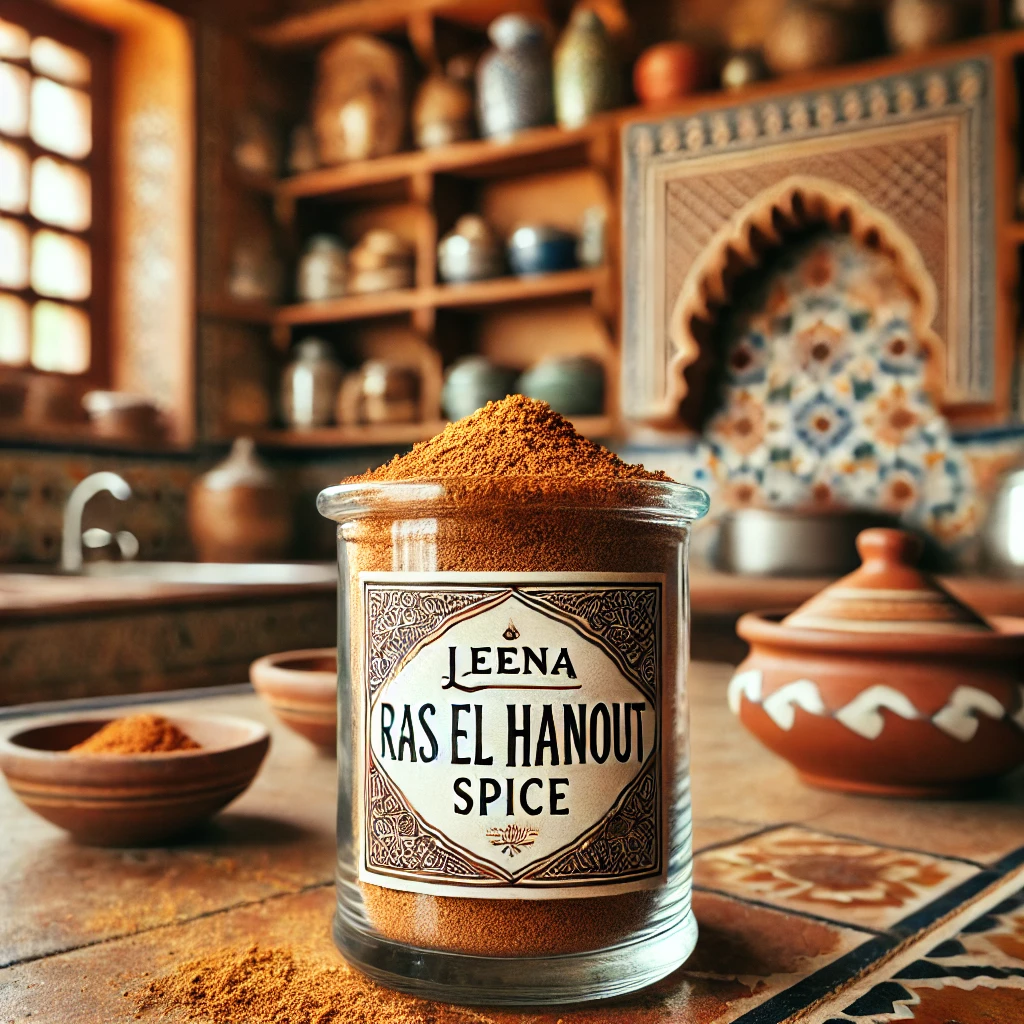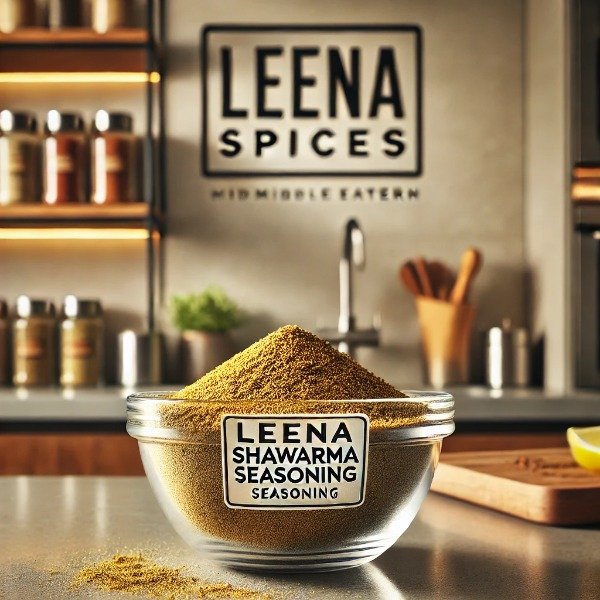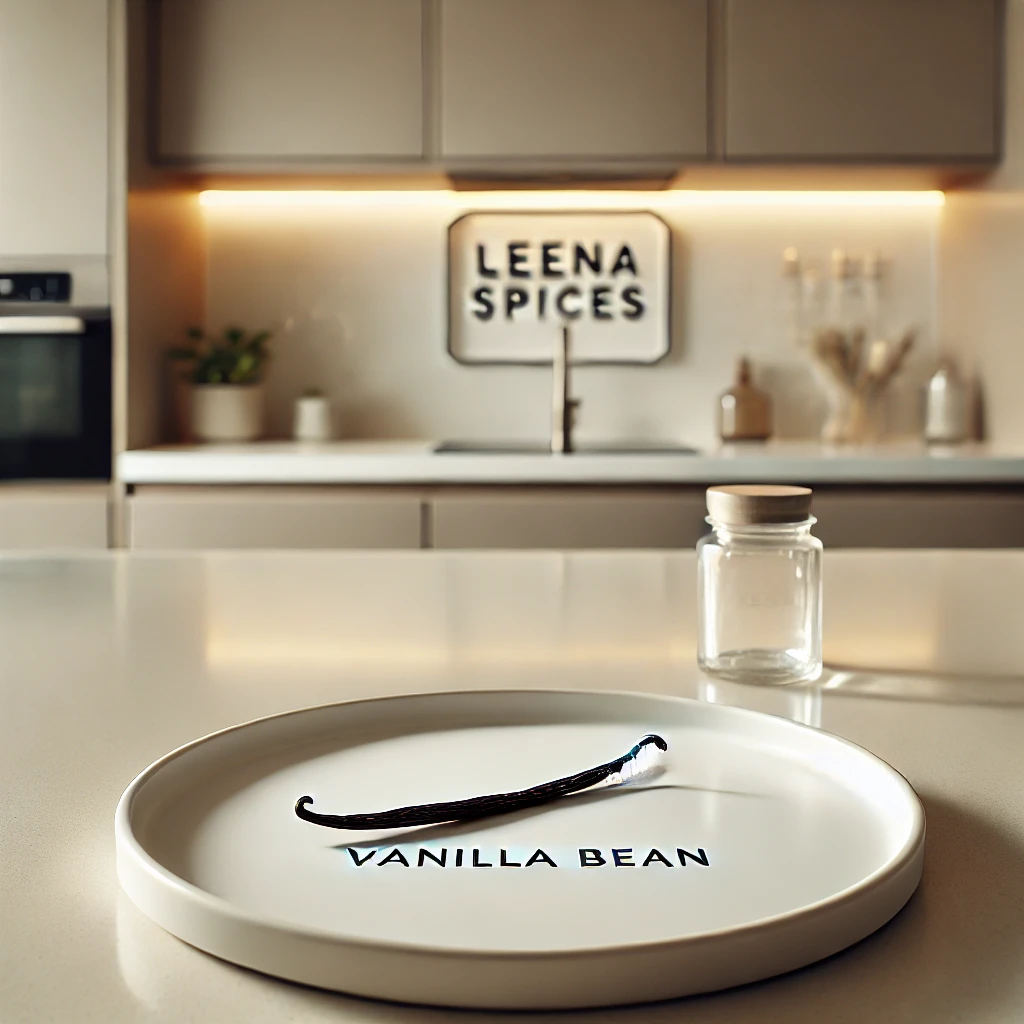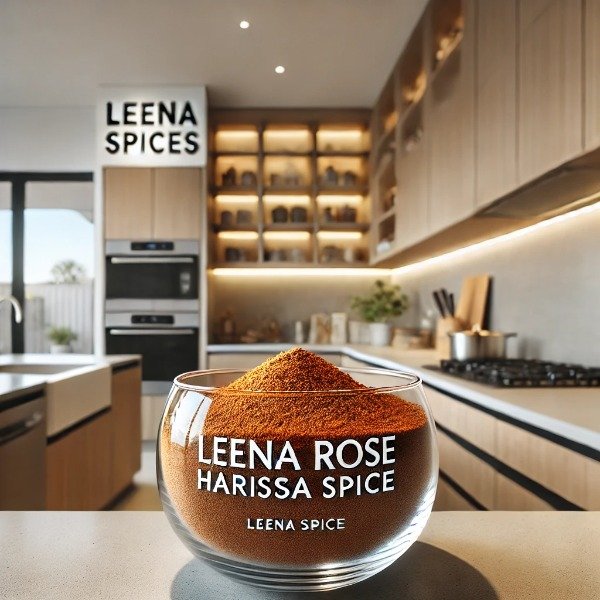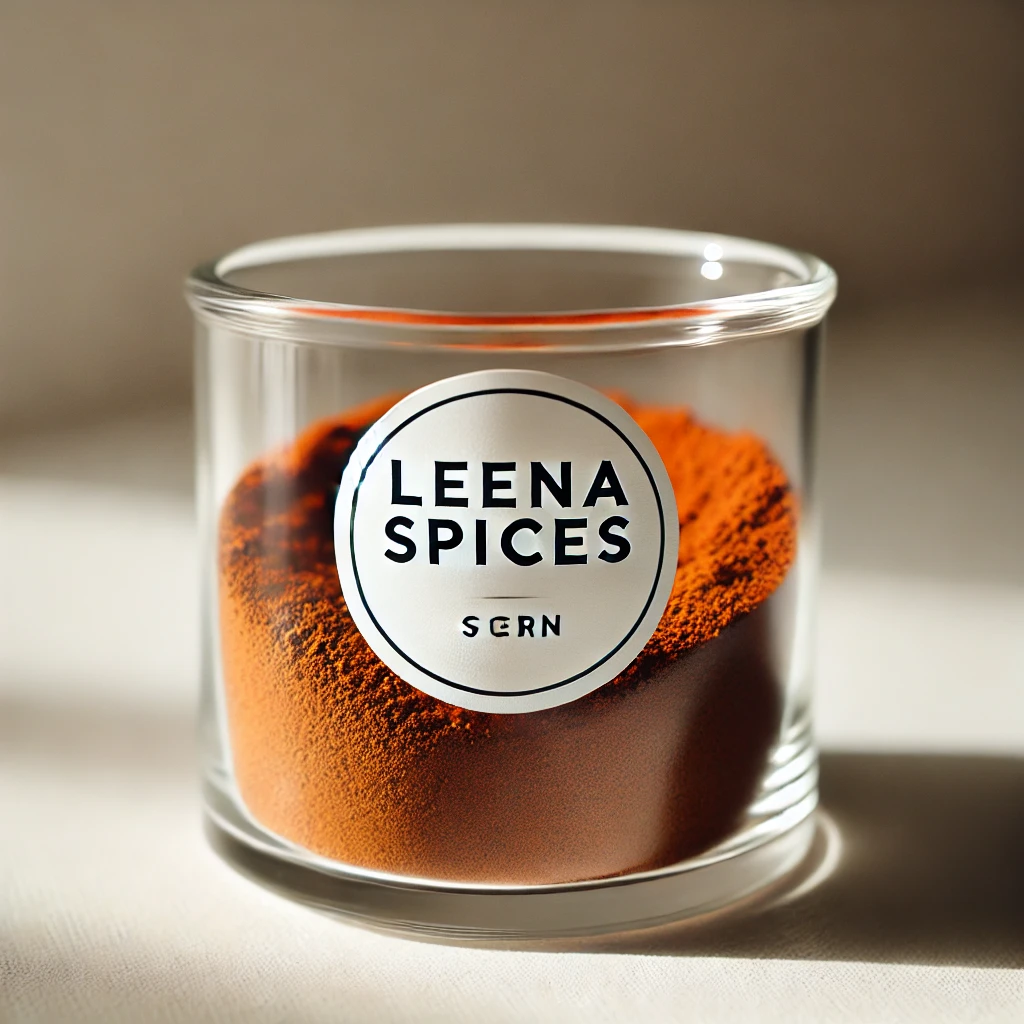How to Make Your Own All-Purpose Seasoning Spice Blend at Home: 7 Easy Tips
Table of Contents
- Key Takeaways
- What is All-Purpose Seasoning?
- Ingredients in All-Purpose Seasoning
- How to Make Your Own All-Purpose Seasoning
- Salt-Free All-Purpose Seasoning
- How to Use All-Purpose Seasoning
- Incorporating All-Purpose Seasoning into Marinades and Rubs
- All-Purpose Seasoning vs. Seasoning Salt
- All-Purpose Seasoning vs. Adobo
- How Much to Use Storage and Shelf Life
- Frequently Asked Questions (FAQs)
- Conclusion
Key Takeaways: All-Purpose Seasoning
What is all-purpose seasoning made of?
A blend of garlic powder, onion powder, black pepper, paprika, salt, and dried herbs like parsley, thyme, or oregano.
How do I make my own all-purpose seasoning at home?
Mix your preferred dried herbs and spices—like garlic, onion, paprika, black pepper, and parsley—with or without salt for a customized blend.
Is all-purpose seasoning the same as seasoning salt?
No. Seasoning salt is salt-heavy with a few spices, while all-purpose seasoning has a more balanced mix of herbs and spices.
What’s the difference between all-purpose seasoning and complete seasoning?
All-purpose seasoning is versatile and mild; complete seasoning usually has a stronger, more complex flavor, often with MSG or additional spices for depth.
Is all-purpose seasoning good for grilling or smoking meats?
Yes! It works perfectly as a dry rub or in marinades, adding balanced flavor to grilled, roasted, or smoked meats.
Is all-purpose seasoning suitable for low-sodium diets?
Yes—simply make a salt-free version or control how much salt you add separately.
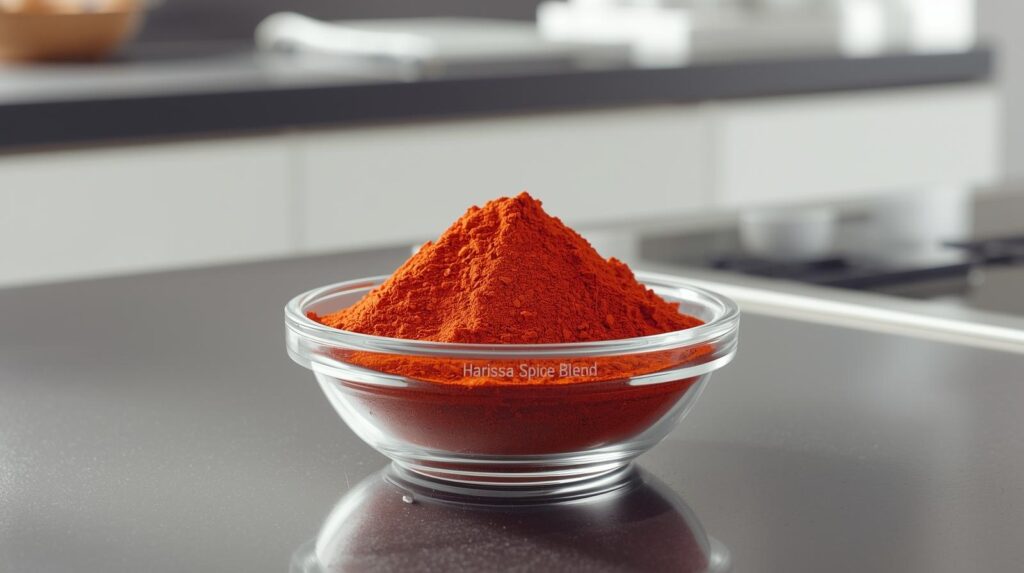
What is All-Purpose Seasoning Spice Blend?
What ingredients are in all-purpose seasoning mix?
- Black Pepper – Adds sharpness and a mild heat that enhances other flavors.
- Celery Seed – Brings a slightly bitter, earthy note often found in soups and stews.
- Cumin – Contributes a warm, nutty, and slightly smoky depth.
- Coriander – Offers a light, citrusy, and floral flavor to brighten the mix.
- Fennel – Adds a hint of sweetness with a mild licorice undertone.
- Garlic Powder – A pantry staple that gives rich, savory depth.
- Ginger Powder – Provides a subtle warmth and gentle spiciness.
- Dried Lemon Peel – Introduces a refreshing citrus zing for balance.
- Mustard Seeds – Lend a pungent, tangy bite.
- Onion Powder – Adds natural sweetness and depth.
- Paprika – Gives vibrant color and a mild, smoky-sweet flavor.
- Parsley (dried) – Light, herbal freshness that balances stronger spices.
- Red Bell Pepper (dried) – Contributes mild sweetness and gentle fruitiness.
- Sage – Adds a savory, earthy, slightly peppery character.
- Tarragon – Provides a delicate anise-like note.
- Thyme – Brings an earthy, lemony-herbal flavor to round out the mix.
What Can I Use All-Purpose Seasoning Mix On?
All-purpose seasoning works on just about any savory dish. Because it blends salt, spices, and herbs in a balanced way, it saves time while instantly boosting flavor. Here are some of the best uses:
- Meats & Seafood – Perfect as a dry rub for chicken, beef (steaks, burgers), pork (chops, tenderloin), or seafood like fish and shrimp. It enhances natural flavors without overpowering them.
- Vegetables – Sprinkle it over vegetables before roasting, grilling, or sautéing. Try it on potatoes, asparagus, broccoli, zucchini, or Brussels sprouts for a quick flavor upgrade.
- Starches & Grains – Stir it into rice, pasta, quinoa, or roasted potatoes to add depth and aroma.
- Soups, Stews & Casseroles – Add a spoonful while simmering to enrich the overall taste of hearty dishes.
- Eggs – A pinch over scrambled eggs, omelets, or frittatas adds instant flavor.
- Snacks & Sides – Shake it on homemade fries, popcorn, nuts, or even in salad dressings and marinades for a fun twist.
How Much All-Purpose Seasoning Should I Use Per Dish?
1. Meats, Seafood, and Vegetables
- Use 1 to 3 teaspoons per pound (about 450 g).
- Start with 1 teaspoon for a lighter flavor or delicate foods like fish and eggs.
- Increase to 2–3 teaspoons for bolder flavor or sturdier foods like beef, pork, or root vegetables.
- For large cuts of meat (like roasts), apply an even coating as a dry rub.
2. Soups, Stews, and Casseroles
- Start with 1 teaspoon for a medium-to-large pot or casserole.
- Add the seasoning early so flavors have time to meld.
- Taste before serving and adjust with another pinch if needed.
3. Rice, Pasta, and Grains
- Use about 1 teaspoon per cup of dry rice or grain.
- Stir into the cooking water or broth for even distribution.
4. Snacks and Quick Dishes
- For popcorn, fries, or roasted nuts, sprinkle lightly, toss, and taste. A little goes a long way.
Key Tips to Remember
- Salt Content Matters – Most all-purpose blends already include salt. Hold off on adding extra salt until you’ve tasted the dish.
- Flavor Intensity – Lighter foods need less seasoning, while hearty dishes can handle more.
- Taste as You Go – The best rule of thumb is: you can always add more, but you can’t take it out.
- 1–3 teaspoons per pound of meat or vegetables
- 1 teaspoon per cup of rice/grains
- 1 teaspoon per pot of soup or stew (to start)
How Long Does Homemade All-Purpose Seasoning Mix Last?
Homemade all-purpose seasoning mix typically stays fresh and flavorful for 6 months to 1 year when stored properly. Unlike perishable foods, dried spice blends don’t really “go bad” in a way that makes them unsafe to eat. However, they do gradually lose their aroma, flavor, and color over time.
After about a year, your seasoning will still be safe to use, but you may notice:
- Weaker Aroma – It won’t smell as strong when you open the jar.
- Duller Flavor – You may need to use more to achieve the same taste.
- Faded Color – Ingredients like paprika or chili powder lose vibrancy as they age.
Tips for Keeping Your Blend Fresh Longer
- Use an Airtight Container – A tightly sealed jar or tin prevents air and moisture from seeping in.
- Store in a Cool, Dark, Dry Place – Keep it in a pantry or cupboard, away from sunlight, heat, or humidity.
- Avoid Moisture – Don’t sprinkle directly over steaming food; instead, measure out what you need into a small dish first.
- Check Ingredient Age – The shelf life of your seasoning is limited by the oldest ingredient you used. If your garlic powder was already close to a year old, the whole blend won’t last as long.
What Is the Difference Between Seasoning Salt and All-Purpose Seasoning?
The key difference comes down to salt content and purpose.
- Seasoning Salt is essentially salt with a flavor boost. Salt is the main ingredient by volume, while other spices (like paprika, garlic powder, onion powder, or celery salt) play a supporting role. Its primary job is to make food taste salty with a little extra flavor. Because of its high sodium content, it’s commonly used on fries, eggs, grilled meats, or quick snacks where saltiness is the priority.
- All-Purpose Seasoning, on the other hand, is a balanced blend of spices and herbs sometimes with salt included, sometimes not. The goal isn’t just to add salt but to create a complete flavor profile: savory, aromatic, and versatile. It is often used in rubs, marinades, vegetables, soups, grains, and larger dishes where flavor complexity matters.
Quick Comparison
- Main Ingredient:
- Seasoning Salt → Mostly salt
- All-Purpose Seasoning → Mix of herbs and spices (salt may or may not be included)
- Function:
- Seasoning Salt → Adds saltiness plus a mild flavor kick
- All-Purpose Seasoning → Adds layered flavor; saltiness is secondary
- Sodium Content:
- Seasoning Salt → High (salt-heavy)
- All-Purpose Seasoning → Varies, with low-salt or salt-free options
- Flavor Profile:
- Seasoning Salt → Salty-savory, simple, familiar
- All-Purpose Seasoning → Herbaceous, aromatic, more complex
In simple terms:
- Use seasoning salt when you want “flavored salt.”
- Use all-purpose seasoning when you want full, well-rounded flavor with the option to adjust salt separately.
Seasoning Salt vs. All-Purpose Seasoning
Feature | Seasoning Salt | All-Purpose Seasoning |
Primary Ingredient | Salt (dominates the blend) | A mix of herbs and spices; salt may be included but isn’t the main focus |
Main Function | Adds saltiness with a touch of flavor | Adds complex, balanced flavor with savory, aromatic notes |
Typical Ingredients | Salt, paprika, garlic powder, onion powder, celery salt, sometimes sugar | Garlic powder, onion powder, paprika, black pepper, oregano, thyme, parsley, and other herbs/spices |
Sodium Content | High | Varies (can be low-salt or salt-free) |
Flavor Profile | Salty-savory, simple, mild | More varied and robust; herbaceous and aromatic |
Best Uses | Fries, eggs, popcorn, grilled meats, quick snacks | Rubs, marinades, soups, vegetables, rice, grains, casseroles, and everyday cooking |
Think of It As… | Flavored salt | A complete seasoning blend |
How do I make my own all purpose seasoning at home?
Can You Make a Salt-Free Version of All-Purpose Seasoning?
Salt-Free All-Purpose Seasoning Recipe
- Black pepper – 3 g
- Celery seed – 5 g
- Cumin – 6 g
- Coriander – 6 g
- Fennel – 5 g
- Garlic powder – 10 g
- Ginger powder – 4 g
- Dried lemon peel – 5 g
- Mustard seeds – 5 g
- Onion powder – 10 g
- Paprika – 20 g
- Dried parsley – 5 g
- Dried red bell peppers – 4 g
- Sage – 4 g
- Tarragon – 4 g
- Thyme – 4 g
Instructions
- Grind any whole spices (like mustard seeds or fennel) into a fine powder.
- Combine all the ingredients in a bowl and mix well.
- Store in an airtight container in a cool, dry, dark place for up to 6–12 months.
Why Make It Salt-Free?
- Customizable: You can add salt to individual dishes later, adjusting for taste and dietary needs.
- Health-Friendly: Reduces overall sodium intake.
- Versatile: Works as a seasoning base for meats, vegetables, grains, soups, and snacks.
Is All-Purpose Seasoning the Same as Adobo?
Not quite. While both are versatile spice blends, all-purpose seasoning and adobo seasoning differ in their ingredients, flavor, and cultural use.
- All-Purpose Seasoning is a broad, customizable blend designed to work across many cuisines. It usually contains salt, garlic powder, onion powder, black pepper, paprika, and mild herbs like parsley or thyme. Its goal is to add balanced, savory flavor without overpowering the dish.
- Adobo Seasoning, on the other hand, is a specific type of all-purpose seasoning that comes from Caribbean and Latin American cooking. It is known for its bold, garlicky flavor, and often includes oregano, cumin, turmeric (or paprika), and sometimes citrus notes.
Key Differences: All-Purpose Seasoning vs. Adobo
Feature | All-Purpose Seasoning | Adobo Seasoning |
Goal | Balanced, neutral flavor booster | Bold, savory, and distinctly Latin/Caribbean |
Typical Herbs | Parsley, thyme, basil | Oregano (essential, prominent) |
Spices | Salt, pepper, garlic powder, onion powder, paprika | Garlic powder, onion powder, oregano, cumin, turmeric or paprika |
Flavor Profile | Garlicky, salty, peppery, mild | Strongly garlicky, salty, earthy, herbaceous |
Color | Light to reddish-brown (paprika influence) | Yellow-orange from turmeric or deeper red from paprika |
Cuisine Use | General “goes-with-anything” seasoning across world cuisines | Traditional in Caribbean and Latin American cooking (meats, beans, rice, stews) |
How do I incorporate all purpose seasoning into marinades or rubs?
1. Using All-Purpose Seasoning in a Marinade
A marinade infuses flavor and can tenderize protein by combining fat, acid, and seasoning. All-purpose seasoning forms the flavor foundation.
Basic Marinade Formula (3:1:1 Ratio)
Component | Ratio | Purpose | Examples |
Fat/Oil | 3 parts | Carries flavor, adds richness, prevents sticking | Olive oil, vegetable oil, avocado oil |
Acid | 1 part | Tenderizes surface, brightens flavor | Lemon juice, lime juice, vinegar, buttermilk |
Seasoning | 1 part | Core flavor | All-purpose seasoning (plus optional fresh aromatics) |
How to Mix a Marinade:
- Base: For 1–1.5 lbs of protein, start with ¼ cup oil and 2 tbsp acid (like lime juice).
- Add Seasoning: Whisk in 2–3 tbsp of all-purpose seasoning (adjust for saltiness).
- Enhance (Optional):
- Aromatics: 2–3 cloves minced garlic or 1 tsp grated ginger
- Sweetness: 1 tsp honey or brown sugar
- Savory: 1 tbsp soy sauce or Worcestershire sauce
- Marinate: Place protein in a non-reactive dish or zip-top bag and coat thoroughly.
- Time:
- Poultry, pork, beef: 2–12 hours (overnight is ideal)
- Fish/seafood: 15–30 minutes (acid can “cook” delicate seafood quickly)
Tip: Use about 1–2 tbsp of all-purpose seasoning per ¼ cup liquid for 1–2 lbs of protein or vegetables.
2. Using All-Purpose Seasoning as a Dry Rub
A dry rub creates a flavorful crust or “bark” on meats, perfect for grilling, smoking, or roasting.
Basic Dry Rub Formula:
- All-Purpose Seasoning: Base layer of salt, savory, and herb flavor
- Optional Sugar: Equal parts to the seasoning for caramelization
- Optional Heat/Smoke: Paprika (smoked is ideal), chili powder, cayenne pepper
How to Apply a Dry Rub:
- Prep the Protein: Pat meat or vegetables completely dry.
- Binder (Optional): Lightly coat with oil or a thin layer of mustard to help the rub adhere.
- Apply the Rub: Sprinkle evenly over all surfaces, including sides.
- Pat, Don’t Rub: Gently press spices onto the surface to avoid clumping.
- Rest: For maximum flavor, refrigerate the seasoned protein for 30 minutes to several hours (longer for larger cuts).
Tip: Use about 1–2 tbsp of all-purpose seasoning per pound of meat or vegetables. For better adhesion, you can mix it with a small amount of oil or honey.
Summary:
- Marinades: 1–2 tbsp seasoning per ¼ cup liquid, marinate 30 min–24 hours
- Rubs: 1–2 tbsp seasoning per pound of protein or vegetables, pat on and let rest
All-purpose seasoning makes marinating and rubbing simple, giving your dishes balanced, savory, and herbaceous flavor in just a few steps.
All-Purpose Seasoning: Marinade & Rub Cheat Sheet
Marinades
Purpose: Infuse flavor & tenderize protein.
Basic Ratio: 3:1:1 → Oil : Acid : Seasoning
Ingredient | Amount (for 1–1.5 lbs protein) | Notes |
Oil/Fat | ¼ cup | Olive, vegetable, or avocado oil |
Acid | 2 tbsp | Lemon juice, lime juice, vinegar, or buttermilk |
All-Purpose Seasoning | 2–3 tbsp | Adjust for saltiness |
Optional Extras | Garlic/ginger, honey, soy/Worcestershire sauce | For extra flavor |
Marinate Times:
- Poultry, pork, beef: 2–12 hours (overnight ideal)
- Fish/seafood: 15–30 minutes
Tip: Mix seasoning into liquid first, ensure protein is fully coated, and store in a non-reactive container.
Dry Rubs
Purpose: Create a flavorful crust for grilling, roasting, or smoking.
Basic Rub Formula:
- All-Purpose Seasoning: 1–2 tbsp per pound of protein/vegetables
- Optional Sugar: Equal parts to seasoning for caramelization
- Optional Heat/Smoke: Paprika, chili powder, cayenne
How to Apply:
- Pat protein dry.
- Apply a thin layer of oil or mustard (optional) to help spices stick.
- Sprinkle rub evenly over all surfaces.
- Gently pat, don’t rub, to avoid clumping.
- Rest in the fridge: 30 minutes–several hours (longer for large cuts).
Tip: Adjust seasoning to taste; you can always add more later, but you can’t remove it once applied.
Quick Reference Ratios:
- Marinade: 1–2 tbsp seasoning per ¼ cup liquid per 1–2 lbs protein/vegetables
- Dry Rub: 1–2 tbsp seasoning per 1 lb protein/vegetables
Pro Tip: Marinades penetrate flavor; dry rubs build a delicious exterior crust. Use both strategically for maximum taste!
Frequently Asked Questions (FAQs) About All-Purpose Seasoning
What is all-purpose seasoning?
All-purpose seasoning is a versatile blend of herbs and spices—typically including salt, garlic powder, onion powder, black pepper, paprika, and dried herbs—designed to enhance the flavor of meats, vegetables, grains, soups, and more.
How is all-purpose seasoning different from seasoning salt?
Seasoning salt is primarily salt mixed with a few flavoring spices, making it salt-heavy. All-purpose seasoning, on the other hand, contains a more balanced mix of herbs and spices, often with salt included but not dominant, offering a broader, more complex flavor.
Can I make a salt-free version?
Yes! Simply omit salt and rely on the other herbs and spices in your blend. This is perfect for low-sodium diets or for controlling salt in your cooking. You can always add salt separately when serving.
How do I use all-purpose seasoning in cooking?
Meats & seafood: Use as a dry rub or in marinades.
- Vegetables: Sprinkle before roasting, grilling, or sautéing.
- Grains & starches: Stir into rice, pasta, or potatoes.
- Soups, stews & sauces: Add during cooking for depth of flavor.
- Snacks: Sprinkle on fries, popcorn, or nuts.
How much All purpose seasoning should I use?
- Meats/vegetables: 1–3 teaspoons per pound.
- Soups/stews: About 1 teaspoon per medium pot.
- Rice/grains: 1 teaspoon per cup of dry grains.
Always start small and adjust to taste.
Can I use it in marinades or dry rubs?
Yes!
- Marinades: Mix 1–2 tbsp per ¼ cup liquid (oil, vinegar, or citrus) for 1–2 lbs of protein or vegetables.
- Dry rubs: Use 1–2 tbsp per pound of meat or vegetables. Optionally, mix with a little oil or honey for better adhesion.
How long does homemade all-purpose seasoning last?
Stored in an airtight container in a cool, dry, dark place, it lasts 6 months to 1 year. Over time, it may lose aroma, color, and potency but won’t spoil if kept dry.
Is all-purpose seasoning the same as adobo?
No. While both are versatile spice blends, adobo has a distinct Latin/Caribbean flavor, usually including oregano, cumin, and sometimes turmeric. All-purpose seasoning is more neutral and works across a wide range of cuisines.
Can I substitute adobo for all-purpose seasoning?
Yes, but your dish will take on a Latin-inspired, garlicky, herbaceous flavor, which may not suit all recipes.
Can I make my own all-purpose seasoning at home?
Absolutely! Homemade blends allow you to adjust salt, herbs, and spices to your taste. Use a mix of garlic powder, onion powder, paprika, black pepper, and dried herbs as a base, then tweak according to your preference.
Conclusion
All-purpose seasoning is a simple, versatile, and capable of transforming even the most basic dishes into flavorful masterpieces. Whether you use it as a dry rub, a marinade, or a sprinkle over vegetables and grains, this spice blend saves time, enhances taste, and allows you to cook with confidence. By making your own blend at home, you can customize the flavors, control the salt, and ensure freshness, giving every meal a personalized touch.
